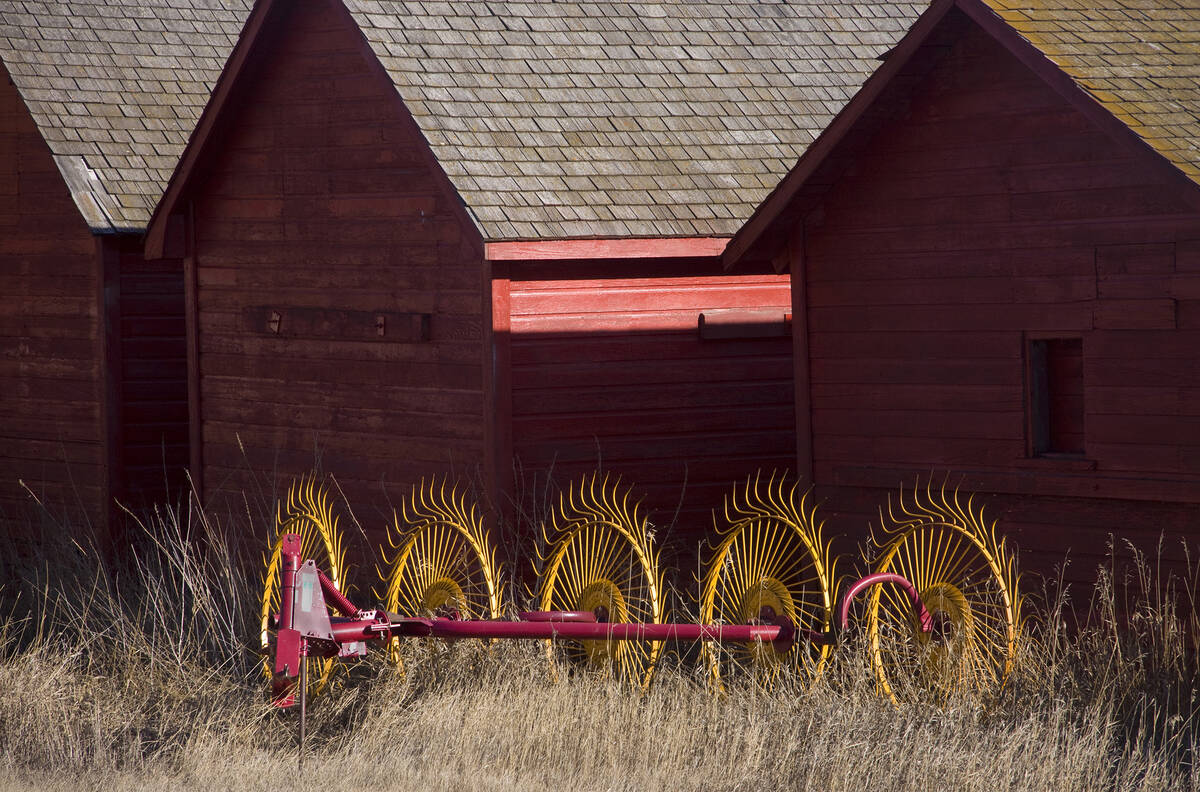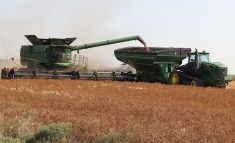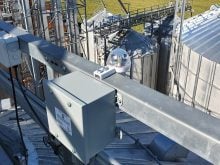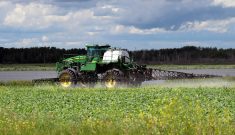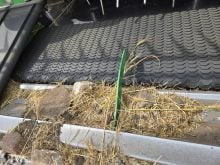SASKATOON — There are a multitude of precautions farmers can take to protect their buildings from fire, says a safety expert.
Morag Marjerison, farm safety consultant with Keystone Agriculture Producers, breaks it down into external and internal precautions.
Related stories in this issue:
The big thing on the external side is to keep grass and vegetation down around the outside edges of buildings. That means regular trimming and spraying.
Read Also
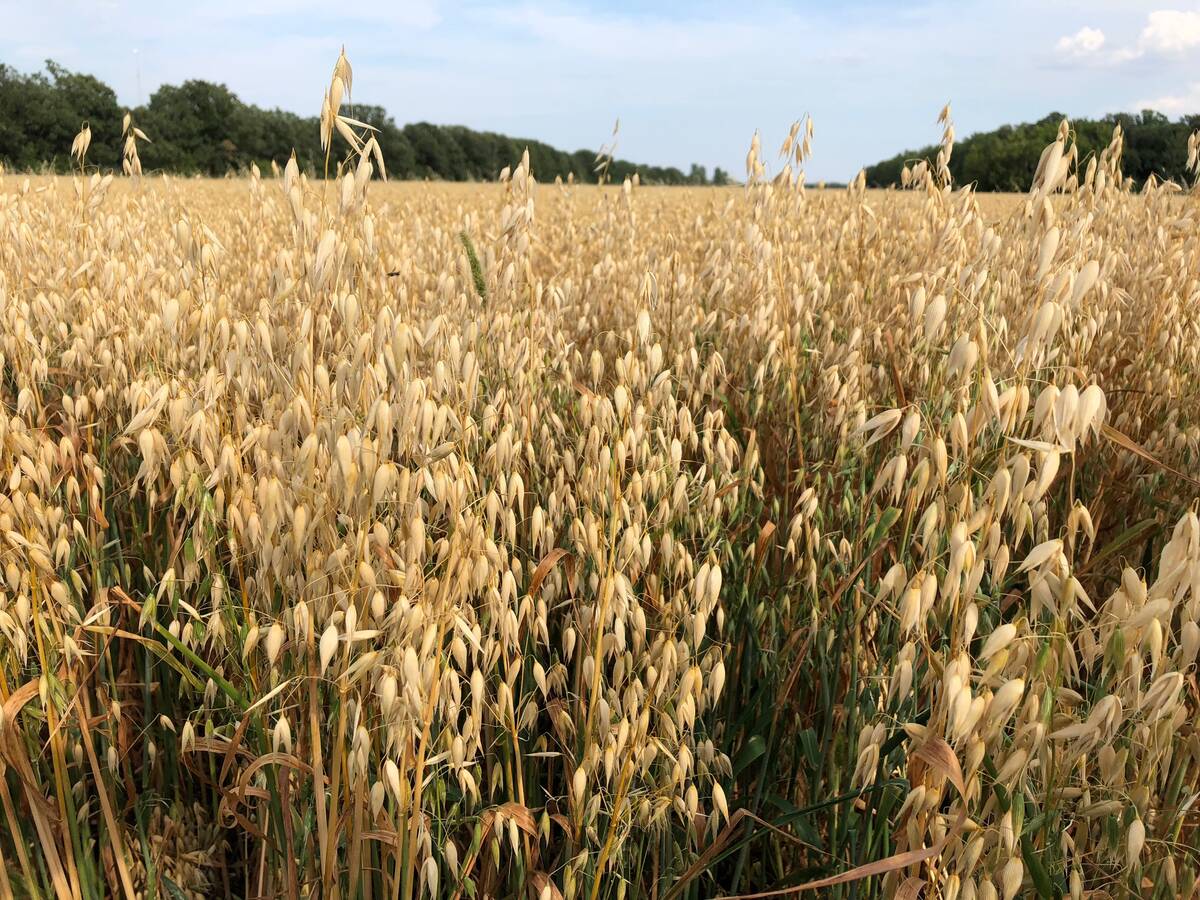
Controversy fails to prevent PGR use in oats
Some Manitoba oat growers are still using chlormequat chloride — the active ingredient in Manipulator —and sometimes to measurable success.
There should be clear access for emergency vehicles. So, when parking a piece of farm equipment, make sure it doesn’t block that access.
Ideally, fire trucks should be able to get all the way around the perimeter of the structure.
Farmers who store bales need to keep them as far away from their buildings as possible because they are “hugely flammable.”
Everybody on the farm should know the physical address of the property and be able to describe how to get to it.
Many workers may not be familiar with land descriptions.
“It can be a challenge, especially with farms having more and more yard space these days,” said Marjerison.
“Typically, people know the home yard but don’t necessarily know outlying yards.”
Producers should consider posting their address on a sign at the end of the road so a passerby knows where to direct emergency services if they are reporting a fire.
Farms should have a designated muster point where people gather in case of emergency to account for everybody on the property. That can often be the road leading into the farm.
Farmers who use burn barrels to dispose of waste should keep them a reasonable distance from buildings and ensure there is a fire grid on top of the barrel.
“Quite often I see them and they’re just open and we have six feet of flames on the top,” she said.
Another no-brainer is to make sure there is a no-smoking policy around farm buildings.
When it comes to the inside of buildings, regular inspection of the electrical systems is vital. Switches and outlets tend to get dinged up and aren’t replaced.
Electrical wiring should be checked for rodent damage or frayed wires.
The use of extension cords should be limited.
“They’re often used as sort of a permanent power source,” said Marjerison.
“They do overheat. They cause many fires.”
Another big source is electric heaters. They should be periodically checked for signs of scorching, which shows they have been overheating but have not yet caught fire.
Farmers who want to do some welding, angle grinding or any other activity that causes sparks should make sure the area is clean and free of combustibles.
They should return to check on that area after they are done working.
“Sometimes that one stray spark is smoldering somewhere,” she said.
Oily rags should be disposed or stored in metal containers with metal lids.
Farmers should limit storage of flammable materials and should also try to limit the accumulation off dust and cobwebs where possible.
Heating lamps for young animals should be kept away from their bedding.
Light bulbs should be encased with a cover where possible because they can explode and drop to the ground.
Fire extinguishers should be inspected and in good condition. They should also be placed near exit doors so they can be accessed without having to enter a burning building.
“Are they put back where they should be? Because we tend to prop doors open with them and things like that,” said Marjerison.
Farmers should ideally allow farm equipment to cool down before putting it back into storage.
Growers should also consider replacing their old shingles with a metal roof.
“I’ve heard one or two people tell me after they’ve had a bad fire that they wished they had a tin roof on there,” she said.


